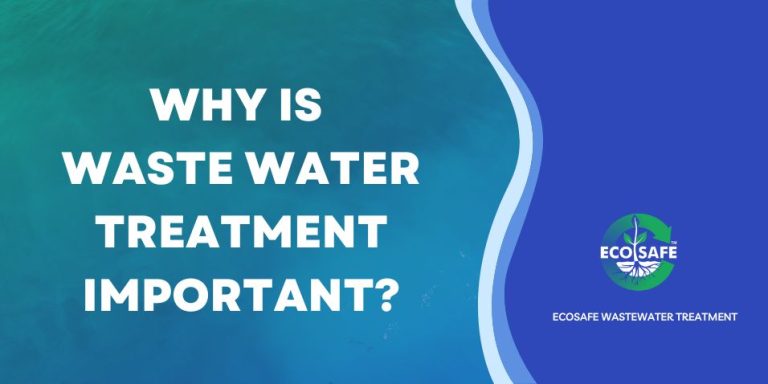The Definitive Guide to Reclaim Waste
The Definitive Guide to Reclaim Waste
Blog Article
Getting The Reclaim Waste To Work
Table of ContentsThe Single Strategy To Use For Reclaim WasteThe Of Reclaim WasteHow Reclaim Waste can Save You Time, Stress, and Money.Reclaim Waste Things To Know Before You Get This6 Simple Techniques For Reclaim Waste
Residential sewage waste refers to the waste and products from a residential septic storage tank. The proper administration and disposal of domestic sewer waste call for fluid waste to be moved to a sewage treatment plant where the proper methods and tools are used to purify and dispose of waste.
Business waste frequently includes prospective dangers, such as combustible materials or a blend of liquid and solid waste products, and requires an advanced and thorough disposal process. The disposal of commercial waste commonly entails the purification of waste before transportation to make sure safe and appropriate disposal. Hazardous waste is created from by-products and drainage of industrial processes and production.
This sort of waste can not use the exact same sewer monitoring transportation or processes as septic or industrial liquids. The commercial waste monitoring procedure calls for the assessment and screening of liquid waste prior to it undertakes the disposal procedure (liquid waste removal). Drainage waste is the fluid waste that originates from drainage and excess stormwater in very booming locations or cities
Overflow waste can trigger contamination and flooding if not managed appropriately. Making certain correct waste administration can prevent disasters and lower ecological harm.
The Ultimate Guide To Reclaim Waste
Call PROS Solutions today to find out about our waste management and disposal solutions and the appropriate methods to look after the liquid waste you generate.
(https://www.twitch.tv/reclaimwaste1/about)This so-called 'wastewater' is not only a vital source but, after treatment, will be launched to our land, rivers or the ocean. Utilized water from bathrooms, showers, baths, kitchen area sinks, laundries and commercial processes is understood as wastewater.

water used to cool equipment or tidy plant and equipment). Stormwater, a type of wastewater, is drainage that moves from agricultural and city areas such as roofings, parks, gardens, roads, courses and rain gutters into stormwater drains, after rainfall. Stormwater moves neglected directly to local creeks or rivers, at some point reaching the sea.
Reclaim Waste - An Overview
In Queensland, the majority of wastewater is dealt with at sewer therapy plants. Wastewater is transported from residential or commercial websites via a system of sewage systems and pump stations, understood as sewerage reticulation, to a sewer therapy plant.
The Department of Natural Resources encourages neighborhood federal governments concerning handling, operating and keeping sewage systems and treatment plants. In unsewered areas, city governments might need homeowners to set up individual or household sewer therapy systems to deal with domestic wastewater from commodes, kitchens, bathrooms and washings. The Department of Natural Resources authorises using family systems when they are shown to be efficient.
In some new subdivisions, therapy of some stormwater to eliminate litter, sand and gravel has started using gross contaminant traps. Wastewater therapy occurs in four stages: Removes solid matter.
Makes use of tiny living organisms recognizes as micro-organisms to break down and remove continuing to be dissolved wastes and fine bits. Micro-organisms and wastes are included in the sludge.
Facts About Reclaim Waste Revealed
Nutrient elimination is not available in any way sewage therapy plants because it needs expensive specialised equipment. It is ending up being much more common in Queensland. Clear liquid effluent generated after treatment might still contain disease-causing micro-organisms. If this effluent is released into waterways such as rivers or the sea, the micro-organisms will ultimately die out.

This normally indicates wastewater has to be dealt with or contaminants gotten rid of prior to it can be discharged to rivers. A lot of wastewater streams into the sewage system. Under the Act, neighborhood governments carry out authorizations and licences for eco appropriate tasks (Ages) involving wastewater launches that could have a neighborhood effect. The division provides authorizations and licences to Periods involving wastewater launches that might have a local or statewide influence.
Unknown Facts About Reclaim Waste
Or else, examples are considered laboratory analysis. Often several Continued tests are needed to establish the degrees of each of the different contaminants such as oils, hefty steels and chemicals in water. Surveillance gives valid info concerning water top quality and can verify that licence problems are being fulfilled. The details gotten through monitoring offers the basis for making water high quality decisions.
Report this page